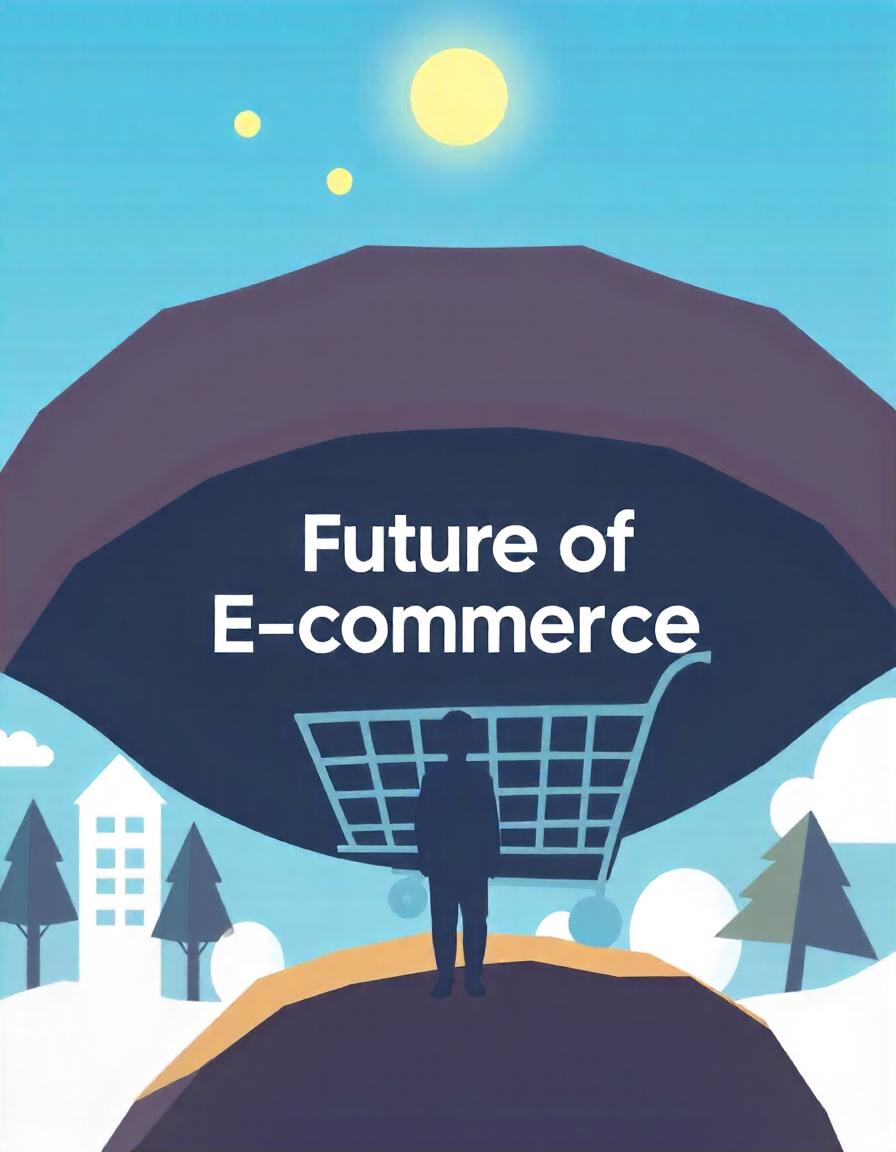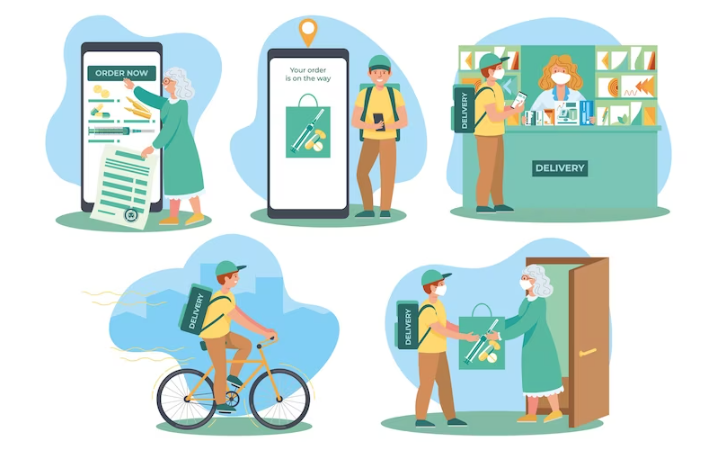The Future of E-commerce: Trends to Watch in the Coming Years
E-commerce has significantly progressed over the past decade, shifting from a niche market to a major player in global commerce. With ongoing technological advancements, the future of e-commerce is set to become even more dynamic, with emerging trends likely to redefine how businesses operate and consumers shop online.
1. The Rise of Mobile Commerce
Mobile commerce, or m-commerce, is poised to play an even more significant role in the future of e-commerce. As smartphones become more widespread and offer greater convenience, a growing number of consumers are using their mobile devices for shopping. This shift is driving businesses to optimize their websites and online stores for mobile users, ensuring seamless and user-friendly experiences across all devices.
In addition to mobile-friendly designs, the adoption of mobile payment solutions, such as Apple Pay, Google Wallet, and various digital wallets, is also expected to grow. These payment methods offer speed, convenience, and security, making them increasingly popular among consumers. As mobile commerce continues to rise, businesses that prioritize mobile optimization and integrate easy payment options will be better positioned to retain customers.

2. Personalization and AI-Driven Shopping Experiences
Personalization has emerged as a crucial factor that sets businesses apart in e-commerce, and its significance is expected to increase in the coming years. Shoppers now anticipate customized experiences that align with their specific preferences, behaviors, and needs. Progress in machine learning is enabling companies to provide highly personalized experiences on a large scale.
AI-driven algorithms analyze data to provide personalized product recommendations, targeted marketing campaigns, and customized shopping experiences. This degree of personalization not only improves the customer experience but also boosts conversion rates and customer loyalty. As AI technology advances, we can anticipate even more refined personalization in e-commerce, with businesses using data to predict consumer needs and provide highly relevant recommendations. Investing more in business phone and internet that can keep up with these growing demands for speed and connectivity
3. The Growth of Social Commerce
Social media platforms are increasingly important in the e-commerce landscape, giving rise to the trend of social commerce. Social commerce involves the integration of shopping features directly into social media platforms, allowing consumers to purchase products without leaving the app. Instagram, Facebook, and TikTok have already introduced shopping functionalities and this trend is expected to expand further.
Social commerce capitalizes on the power of social networks, where consumers can discover new products through recommendations, influencers, and advertisements. The seamless integration of shopping experiences into social platforms reduces friction in the buying process, making it easier for consumers to make purchases on impulse. As social commerce grows, businesses will need to develop strategies to effectively leverage these platforms, including influencer partnerships and social media advertising.
4. Sustainability and Ethical Consumerism
As consumers grow more environmentally aware, sustainability is becoming a crucial consideration in e-commerce. Shoppers are increasingly looking for brands that emphasize ethical practices, including eco-friendly packaging, sustainable sourcing, and fair labor standards. Businesses that embrace sustainability and communicate their efforts transparently are likely to attract and retain customers who value ethical consumerism.
In response to this trend, more e-commerce companies are adopting sustainable practices throughout their supply chains, from product development to delivery. Additionally, the rise of the circular economy—where products are designed for reuse, recycling, or resale—is gaining traction. E-commerce platforms dedicated to second-hand goods and rental services are becoming more popular as consumers look for ways to reduce their environmental impact.
5. The Expansion of Augmented Reality (AR) in Shopping
Augmented Reality (AR) is poised to transform the e-commerce experience by closing the gap between online and in-person shopping. AR technology enables consumers to visualize products in their actual environment before making a purchase. For instance, customers can preview how a piece of furniture would appear in their living room or try on virtual clothing to evaluate fit and style.
AR enriches the online shopping experience by offering a more interactive and immersive way to interact with products. As AR technology becomes more advanced and widely available, its use in e-commerce is expected to increase, aiding consumers in making more informed purchasing decisions and decreasing the chances of returns.
Conclusion
The future of e-commerce is set to be shaped by these and other emerging trends as technology continues to drive innovation in the way businesses operate and consumers shop online. From the rise of mobile commerce and AI-driven personalization to the growth of social commerce, sustainability, and augmented reality, the e-commerce landscape is evolving rapidly. Businesses that anticipate these trends and adjust their strategies to align with evolving consumer demands will be well-equipped to succeed in the competitive digital marketplace of the future.






